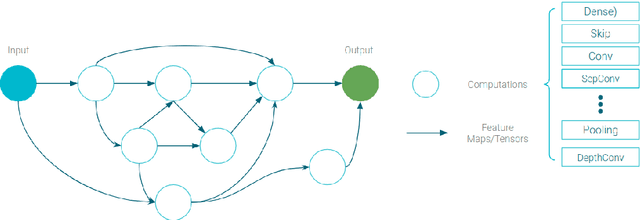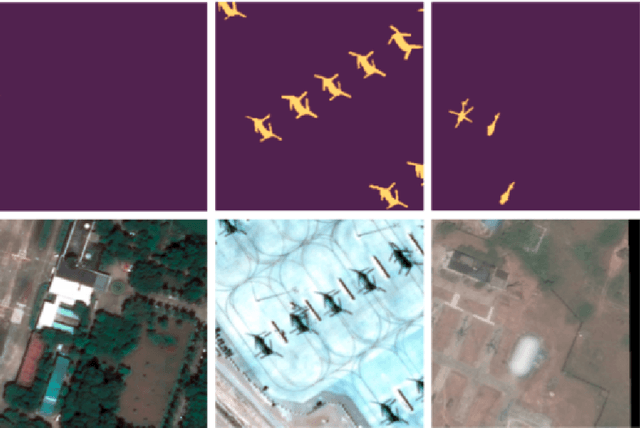Pierre-Antoine Ganaye
Neural Architecture Search in operational context: a remote sensing case-study
Sep 15, 2021



Abstract:Deep learning has become in recent years a cornerstone tool fueling key innovations in the industry, such as autonomous driving. To attain good performances, the neural network architecture used for a given application must be chosen with care. These architectures are often handcrafted and therefore prone to human biases and sub-optimal selection. Neural Architecture Search (NAS) is a framework introduced to mitigate such risks by jointly optimizing the network architectures and its weights. Albeit its novelty, it was applied on complex tasks with significant results - e.g. semantic image segmentation. In this technical paper, we aim to evaluate its ability to tackle a challenging operational task: semantic segmentation of objects of interest in satellite imagery. Designing a NAS framework is not trivial and has strong dependencies to hardware constraints. We therefore motivate our NAS approach selection and provide corresponding implementation details. We also present novel ideas to carry out other such use-case studies.
Towards integrating spatial localization in convolutional neural networks for brain image segmentation
Apr 12, 2018



Abstract:Semantic segmentation is an established while rapidly evolving field in medical imaging. In this paper we focus on the segmentation of brain Magnetic Resonance Images (MRI) into cerebral structures using convolutional neural networks (CNN). CNNs achieve good performance by finding effective high dimensional image features describing the patch content only. In this work, we propose different ways to introduce spatial constraints into the network to further reduce prediction inconsistencies. A patch based CNN architecture was trained, making use of multiple scales to gather contextual information. Spatial constraints were introduced within the CNN through a distance to landmarks feature or through the integration of a probability atlas. We demonstrate experimentally that using spatial information helps to reduce segmentation inconsistencies.
 Add to Chrome
Add to Chrome Add to Firefox
Add to Firefox Add to Edge
Add to Edge